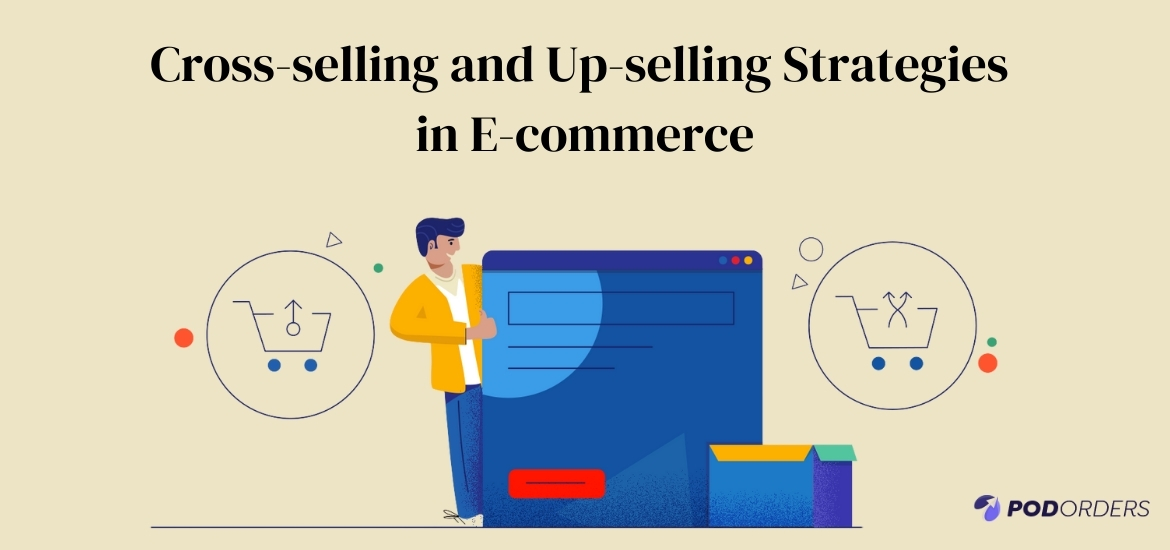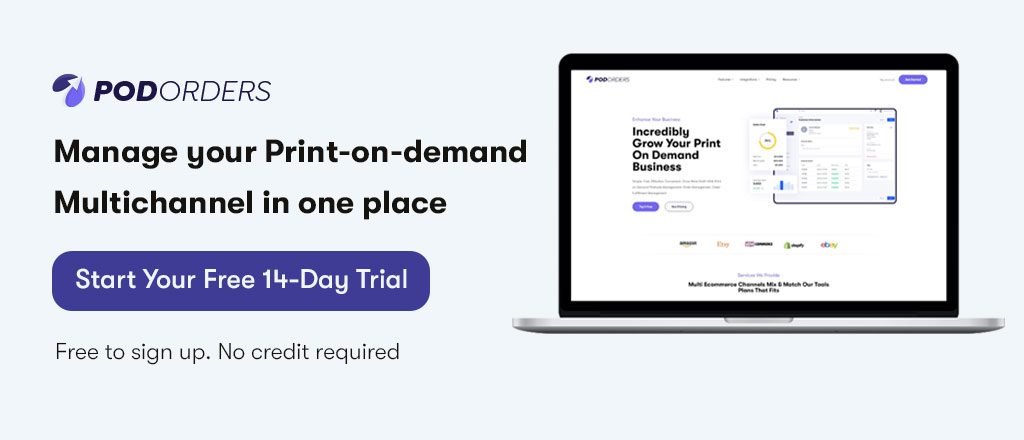Cross-selling and up-selling strategies are two sales skills commonly used by businesses to increase profits and build customer loyalty. However, those two methods are very easily confused with each other. Even many people think that the two techniques are interchangeable. These two techniques still have some differences and different effects depending on the characteristics of your product.
This article will suggest how you can incorporate the concepts of cross-selling and up-selling products directly into your sales website and see how it affects your sales.
1. Definition of Cross-selling and Up-selling
1.1. Cross-selling
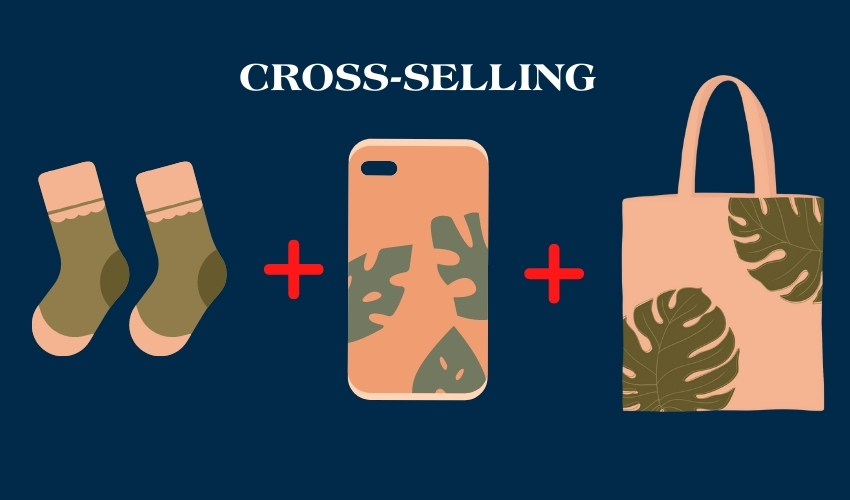
Cross-selling: It’s a sales technique that is used to get customers to spend more by buying products related to what they intend to buy. These products with complementary effects, similarities, or simply shared will increase the customer’s experience.
Cross-selling helps stimulate customers to spend more by suggesting related or complementary items to what they buy.
1.2. Up-selling
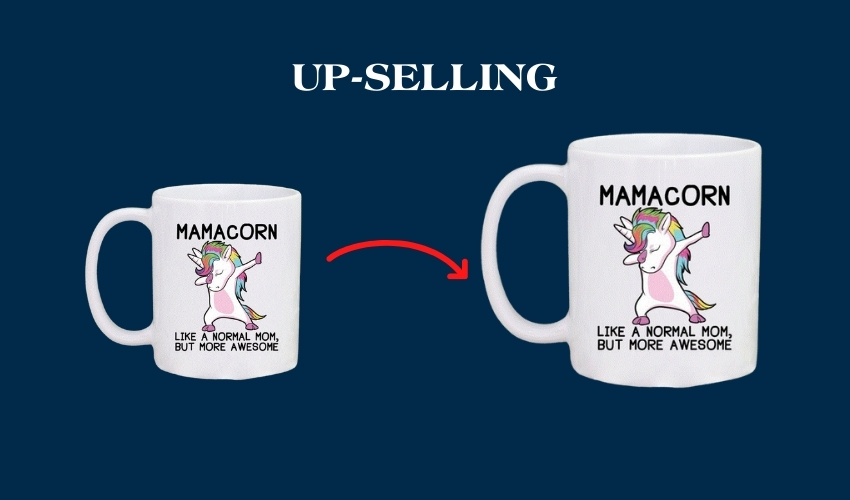
Up-selling is the technique of selling a more expensive version of a product that a customer already has or intends to buy by adding new features or accessories to that product.
2. Benefits of Cross-selling and Up-selling
Consumers always tend to prioritize buying products from brands they have traded with and have a good impression. A study in the book Marketing Metrics showed impressive numbers:
- Sales profit earned from a new customer is 5 – 20%.
- Sales profit from a regular customer is 60-70%.
This is a huge gap in value that every business must be looking to exploit. And you can say that up-selling and cross-selling, with the benefits they bring, are the two tactics that organizations most fully utilize to approach exploitation. Specifically, they help businesses:
2.1. Increase profits

High revenue and profit are always the ultimate goals with any business model, so cross-selling can be a powerful assistant, especially in service and commerce. When customers buy more, your business will earn more. Using cross-selling and motivating customers to spend does not incur a lot of costs but is highly effective.
2.2. Increase customer experience and develop customer loyalty
In reality, cross-selling or up-selling is more than just selling uncontrollably. This is closely related to the study of guests’ needs and spending ability to suggest more accurately. This shows that you are more interested in your customers, and they will become much more engaged with the business, thereby becoming loyal customers of the business.
2.3. Increase ROI
Reaching a new customer is an extremely expensive business. Meanwhile, up-selling and cross-selling allow you to increase revenue quickly without calculating the costs of advertising and customer attraction activities.
Almost, if you ignore up-selling and cross-selling, you have left your product and money motionless. Try to provide customers with products related to what they are looking for to profit as much.
2.4. Increase the customer lifetime value
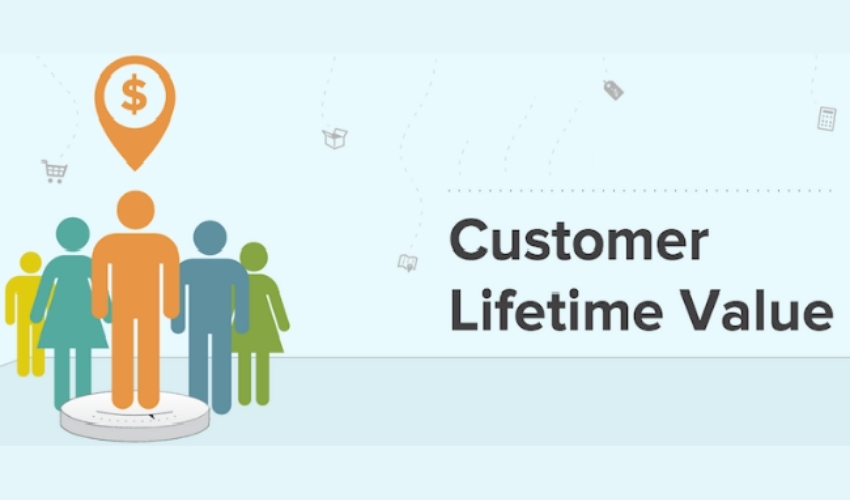
As the average value of one-time customer spend has increased, and they have become a loyal customer of your product, so will their lifetime value.
2.5. Provide convenience and flexibility to customers
The benefits of up-selling and cross-selling aren’t just for businesses. They work so well for businesses because they work so well for customers.
In order to give more options or relevant addons to customers, they don’t have to risk a new company to get what they need. When you up-sell or cross-sell a customer, you give them the convenience of being with you and the flexibility to choose what they need.
3. Core principles of Cross-selling and Up-selling
3.1. Build trust with customers
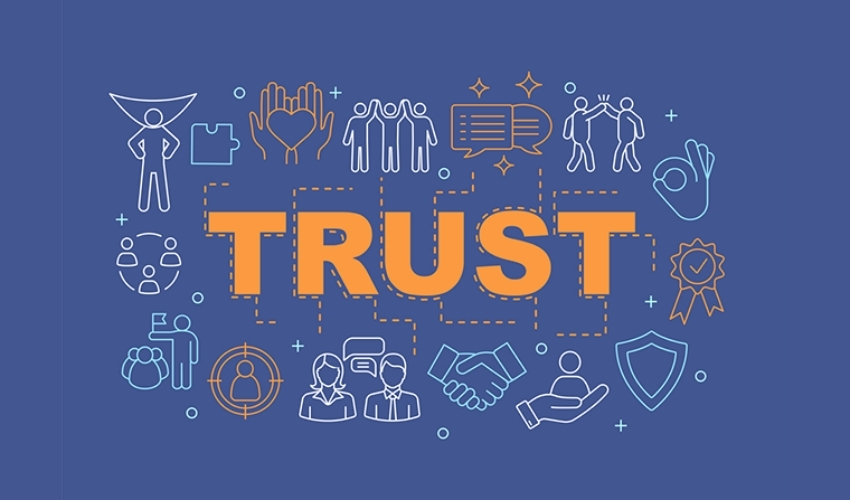
Trust with customers is built fastest and most effectively through communication. Businesses can easily predict their desires when they understand their customers. Therefore, proactively communicating and seeking information about customers’ needs and expectations will help businesses successfully apply this technique.
3.2. Track the customer journey
To make sure you’re selling the right product to the right customer at the right time, you need to find customers at effective touchpoints along their customer journey.
Customers tend to communicate across multiple mediums when they’re serious about a purchase, so keep an eye on them through CRM. An integrated CRM will allow your entire business to understand your customers specifically and allow any employee to be involved in the customer journey.
3.3. Learn about customer needs

While up-selling and cross-selling are both great tools for increasing sales, it also has a downside. Not every product group can directly apply this tactic.
Instead of stuffing things that customers don’t care about, making their experience worse, work with dedication and based on the needs of genuine consumers.
3.4. Flexibility in sales work
Instead of trying to sell simply a product to a potential customer, you can suggest ways that your other products can serve your customers. You need to understand the customer’s problem and find ways to advise effective solutions for them with your products.
This forces you to be a consultant with in-depth product and solution knowledge rather than just a salesperson with conventional customer acquisition tricks.
4. How to Offer Cross-selling in E-commerce
4.1. Determine which products get the best results
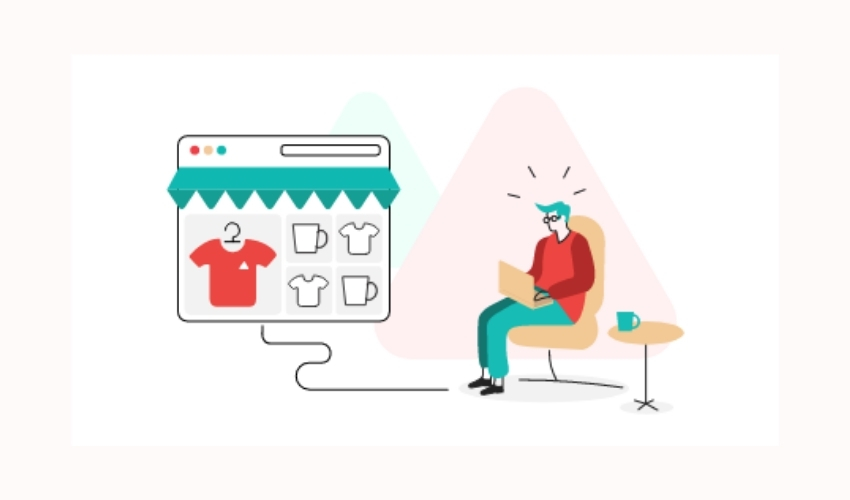
35% of Amazon’s sales come from cross-selling. E-commerce platforms use this technique by intelligently suggesting by-products with complementary functions.
Before doing cross-selling, you must determine what the main product is. The main product should be the shop’s bestseller. By-products are products that are related to the main product.
For example, when you choose a POD t-shirt as your main product, the cross-selling product should be a phone case with the same design.
This will increase the likelihood of customers buying.
4.2. Offer upsells and cross-sells that make sense
Because cross-selling unrelated products only makes the customer’s buying experience worse. It would be best if you looked for the needs of your customers. Put yourself in the customer’s shoes to understand what they need most.
Choose products that cross-sell that make sense with the main product. For example, when choosing the main product is shoes, the cross-sell product should be a bag with the same colour or design.
4.3. Reward customers for their loyalty
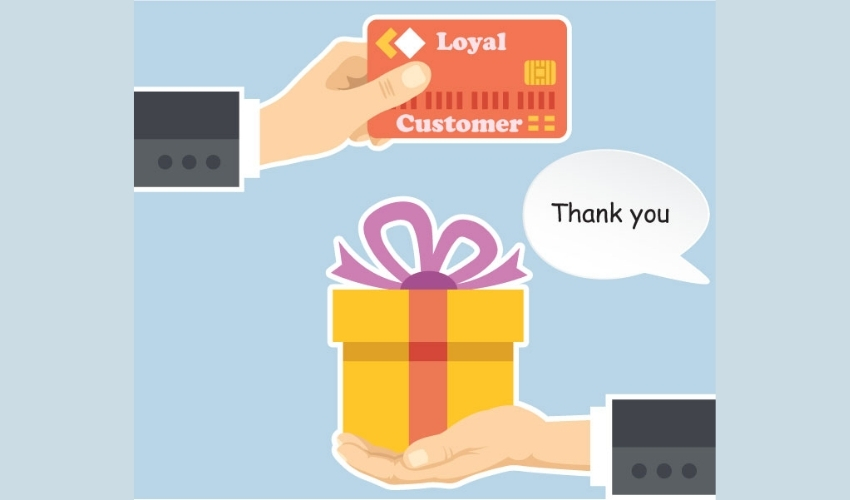
Studies show that acquiring a new customer is 5 times more expensive than retaining a loyal customer. By gaining a huge number of Customer loyalty, your business can be predictable with strong and effective growth in the future.
Giving gifts/rewards to loyal customers is the best way to keep them. The simplest and most popular loyalty programs use the points system.
4.4. Create more offers
To stimulate customers to consume on e-commerce platforms, you will constantly be given gift certificates or coupons for orders that exceed a certain value threshold. Besides, you can also change the type of bonus points, coupons for the next use.
4.5. Combo
Products with complementary features combined into a product package at an attractive price will make customers feel they benefit more and make a purchase decision.
4.6. Free delivery
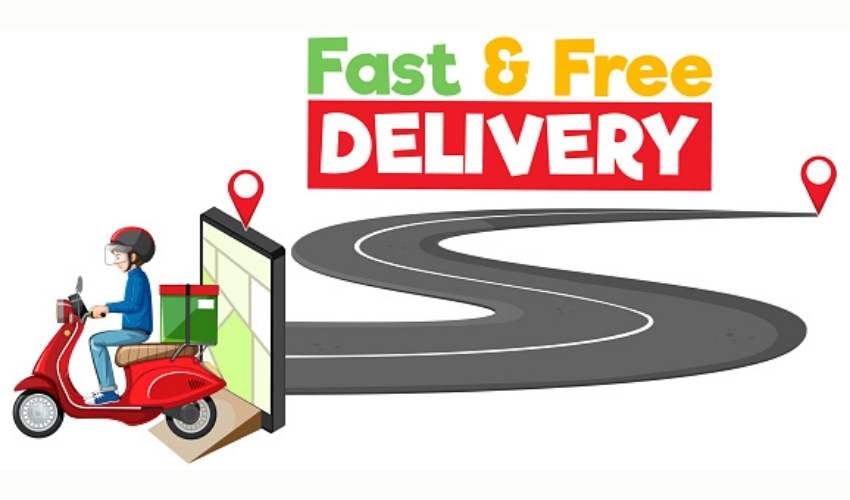
Vietnamese consumers are critical about the incentives that come with the main product/service, so “Free” always makes shoppers excited and stimulates them to buy more to receive incentives.
5. Some Cross-selling and Up-selling strategies
5.1. Introducing accessories and upgraded versions.
The idea here is that customers don’t need a product. They need a solution to a problem. Your store’s products play the role of helping customers solve that problem. Businesses will have the opportunity to upsell or cross-sell by providing additional products or upgrades that customers can use immediately after purchase.
Remember that delivery is also an essential part of the customer experience, and it’s perfectly okay to upsell. When customers are ready to go to the checkout screen, let them know how much extra they need to make at least extra purchases to qualify for free shipping. This will be an incentive for them to keep watching to meet the minimum.
5.2. Create product packages

When two or more products have complementary features, a business can combine them into a package to offer customers.
For example, when selling a porcelain mug, a business might package it with a coaster. Customers will often need coasters with their purchases, so when you pack them this way and offer a lower price than if you just sell coasters, you have an opportunity to increase sales.
5.3. Recommend to buy products with the same features but with improvements
Sometimes customers may not realize that some products are better and cheaper than the ones they are looking to buy. In this case, the business can help customers make other choices with the same genre or basic features but with some differences.
When shopping online, a small part of customers has the psychology of wanting to buy the most expensive products (in the group of products with the same features and basic features that they need) and accept to pay the highest price.
Connect the main product to the product that is usually bundled with it
In this case, the products often have to be taken together at the same time and place.
For example, online fashion stores may offer tops with pants, scarves with hats, shoes and bags.
5.4. Create a sense of urgency

If you want people to buy immediately, give them a compelling reason to buy. One of the best ways to do this is through scarcity.
If you’re upselling or cross-selling a product, let customers know it’s only valid for a limited time. You can also add unique detail to items in the store. For example, a limited number of purchases create a feeling of scarcity in the product and motivate people to buy.
6. Wrap-up
Cross-selling and Up-selling strategies can bring a source of profit, large sales if the plan is successfully implemented. Apply your accumulated skills to your business to minimize unnecessary risks. We hope that the information we provide in the article will be beneficial to everyone.
Read more
